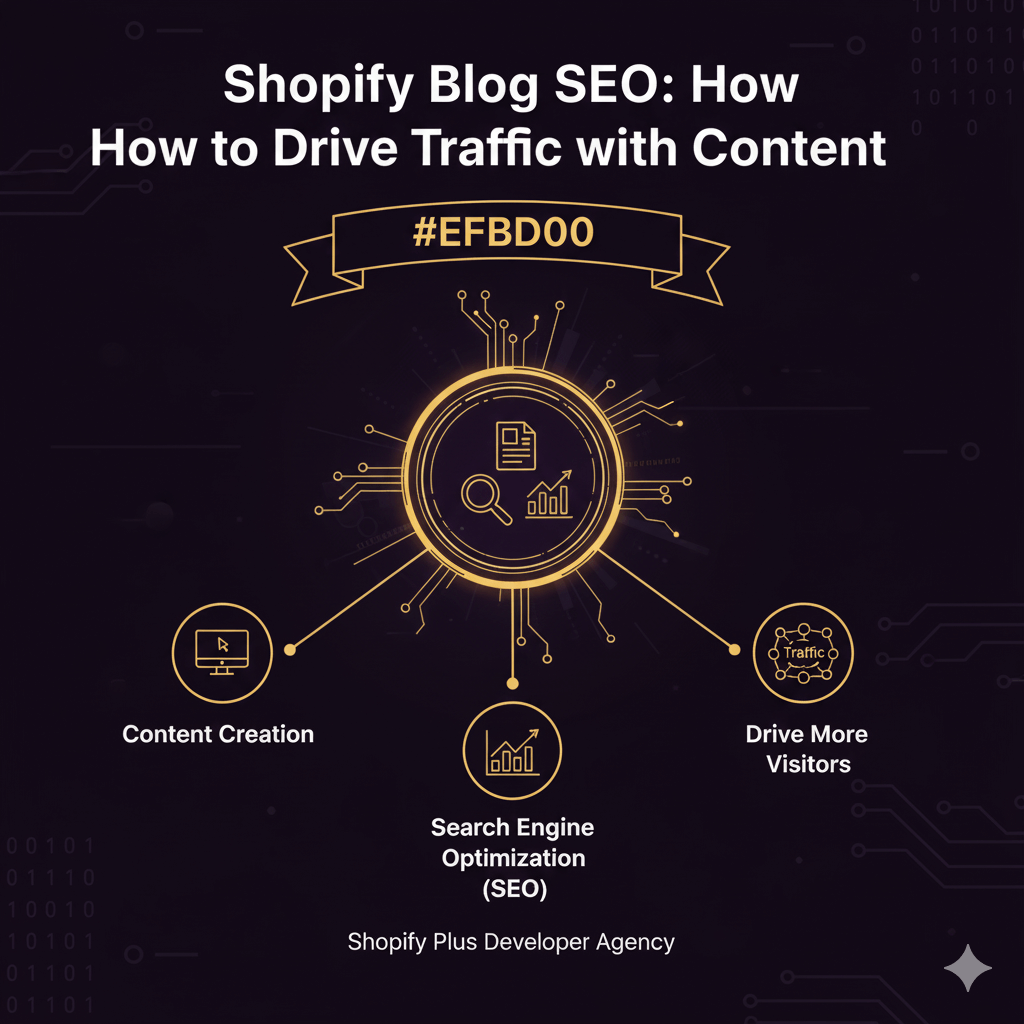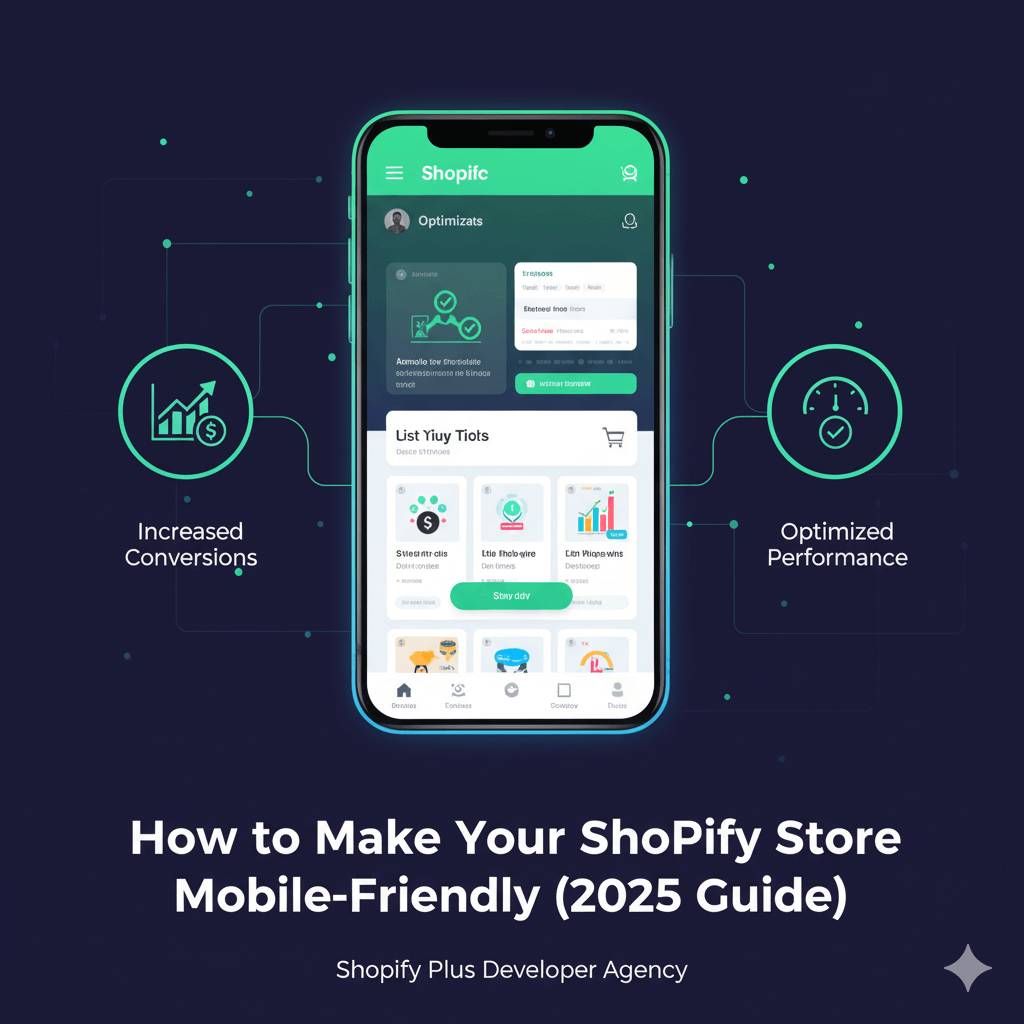Shopify vs Wix: Which One Is Right for Your Business?
![]() Published: November 17, 2025
Published: November 17, 2025
![]() Reading Time: 3 min read
Reading Time: 3 min read
Want to stay in the loop?
Subscribe to receive updates, insights, and special offers straight to your inbox.
Why This Comparison Matters
Choosing the right website builder isn’t just about tools—it’s about your business future. If you plan to launch an online store that grows with you, your platform will determine how efficiently you sell, scale, and manage operations. I’ve worked hands-on with both Shopify and Wix, and the truth is: each shines in different contexts. Shopify is a powerhouse for serious ecommerce operations, while Wix empowers creative entrepreneurs who value control and simplicity.
Understanding the differences will help you avoid expensive migrations later and focus on what really matters: building a store that sells.
Quick Overview of Shopify and Wix
Both Shopify and Wix help you create an online store without coding, but their foundations are entirely different.
- Shopify was built for ecommerce from the ground up. Everything revolves around selling—inventory management, analytics, payments, taxes, and logistics. It powers over 4 million stores worldwide, from small brands to global enterprises.
- Wix, meanwhile, started as a website builder and later integrated ecommerce capabilities. Its focus is creativity, freedom, and accessibility. It’s perfect for beginners or small businesses who want to look professional without diving into code.
When I first launched a side project on Wix, the visual drag-and-drop editor made design effortless. But when my store outgrew its limits—adding dozens of products and regions—Shopify became essential. That’s where scalability made all the difference.
Key Differences Between Shopify and Wix
Ease of Use
Wix wins the usability battle for newcomers. Its drag-and-drop interface works exactly how you expect: grab an element, move it, drop it. You can personalize every section without touching HTML or CSS.
Shopify, while not complex, feels more “business-first.” You’ll work through dashboards, menus, and product databases rather than a freeform editor. The learning curve is steeper—but once you understand it, managing large catalogs and orders becomes intuitive.
Design and Customization
Wix is the king of creativity. You can start from blank templates or over 800 professionally designed themes. Animation, parallax, video backgrounds—Wix lets you experiment freely. You can even adjust the mobile view separately, giving full creative control.
Shopify themes are more structured and conversion-focused. The trade-off: you sacrifice flexibility for performance. Shopify’s Online Store 2.0 framework allows for modular content blocks and custom sections, but within ecommerce-optimized constraints.
Still, that structure matters—especially for mobile shoppers, where speed and consistency affect sales directly.
Ecommerce and Scalability
This is where Shopify absolutely dominates.
- Supports unlimited products, variants, and categories.
- Handles multi-currency and multi-language stores natively.
- Integrates with over 100 payment gateways worldwide.
- Includes advanced shipping, POS, and omnichannel tools.
Wix, though improving, has limits: product caps, slower performance with large catalogs, and fewer automation options.
When I scaled my first Shopify store, I managed 1,200 SKUs without lag. Analytics, abandoned cart recovery, and automatic taxes just worked. Wix struggled once the catalog reached a few hundred products.
If you’re planning long-term growth, Shopify is built for the marathon.
Pricing and Value for Money
Wix is more affordable upfront: plans start cheaper and even include a free option (though it doesn’t allow real sales). The Business Basic plan starts around $17/month.
Shopify’s Basic plan starts at roughly $39/month, but you get a full ecommerce suite. With advanced plans, you unlock lower transaction fees, international pricing, and professional reports.
Let’s be honest—Shopify costs more. But that price reflects its power. If your store generates sales, those features quickly justify the investment.
| Feature | Wix | Shopify |
|---|---|---|
| Starting Price | $17/month | $39/month |
| Free Plan | ✔️ (limited) | ❌ |
| Product Limit | Up to 50,000 | Unlimited |
| Apps Available | ~300 | 13,000+ |
| POS System | Basic | Full global POS |
| Multilingual | Yes | Yes |
| Ideal For | Small/Creative Stores | Serious Ecommerce Growth |
💰 Pro tip: Start with Wix if you’re testing ideas. Migrate to Shopify when sales take off.
Apps, Integrations, and Support
Shopify’s App Store is a beast—over 13,000 integrations covering marketing, shipping, reviews, CRM, accounting, and automation. You can connect virtually anything, from Meta ads to QuickBooks.
Wix’s App Market is smaller (~300 apps) but growing. It covers essentials—email marketing, SEO boosters, chatbots—but you’ll hit limits faster if you run complex campaigns.
As for support, both offer 24/7 help, but Shopify’s live chat and documentation are world-class. I once resolved a payment integration issue within minutes thanks to their support team.
Which Platform Fits Your Business Type?
For Small Businesses or Beginners
Wix is ideal for beginners, freelancers, and small local businesses. It’s affordable, intuitive, and visually flexible. If your store has under 100 products and design is your selling point, Wix delivers.
You can even create multilingual pages easily, which helps reach new audiences fast.
For Growing or Enterprise Stores
Shopify is the clear choice for scaling operations. Its infrastructure handles massive traffic spikes (think Black Friday) and integrates seamlessly with platforms like Amazon, eBay, and TikTok.
If you plan to grow internationally or manage high-volume sales, Shopify will save you countless headaches.
My Personal Take After Using Both
After years of building stores for clients and personal projects, my verdict is simple:
- I reach for Wix when creativity and brand storytelling take center stage.
- I choose Shopify when performance, automation, and growth are the priorities.
When I moved a fashion boutique from Wix to Shopify, the monthly sales jumped by 30% within two months—mainly thanks to faster checkout and better abandoned-cart tools. But I still recommend Wix to artists, coaches, or boutique brands who care more about presentation than logistics.
Final Verdict: Wix vs Shopify in 2025
Both platforms are leaders—but with opposite philosophies.
- Wix = Freedom, design, accessibility.
- Shopify = Power, scalability, global reach.
If your dream is to create, display, and inspire—start with Wix.
If your goal is to build, grow, and sell worldwide—go Shopify.
Ultimately, the right platform is the one that supports your stage of business. Many successful entrepreneurs start on Wix and graduate to Shopify once their ambitions outgrow the basics.
FAQs
1. Is Wix or Shopify better for beginners?
Wix—it’s easier, faster, and cheaper to start with.
2. Which is more SEO-friendly?
Both perform well, but Shopify gives deeper ecommerce-specific controls like product schema and automatic redirects.
3. Can I migrate from Wix to Shopify later?
Yes, tools like LitExtension make migration smooth, transferring products, orders, and customer data seamlessly.
4. Does Shopify take a cut from sales?
Yes, unless you use Shopify Payments. Transaction fees range from 0.5–2%.
5. Can I blog and run a store on both?
Absolutely. Both include blogging features, though Wix offers more design control for content-heavy sites.
Ready to transform your store and see meaningful results in your metrics? Contact us today and let’s start building your success.



